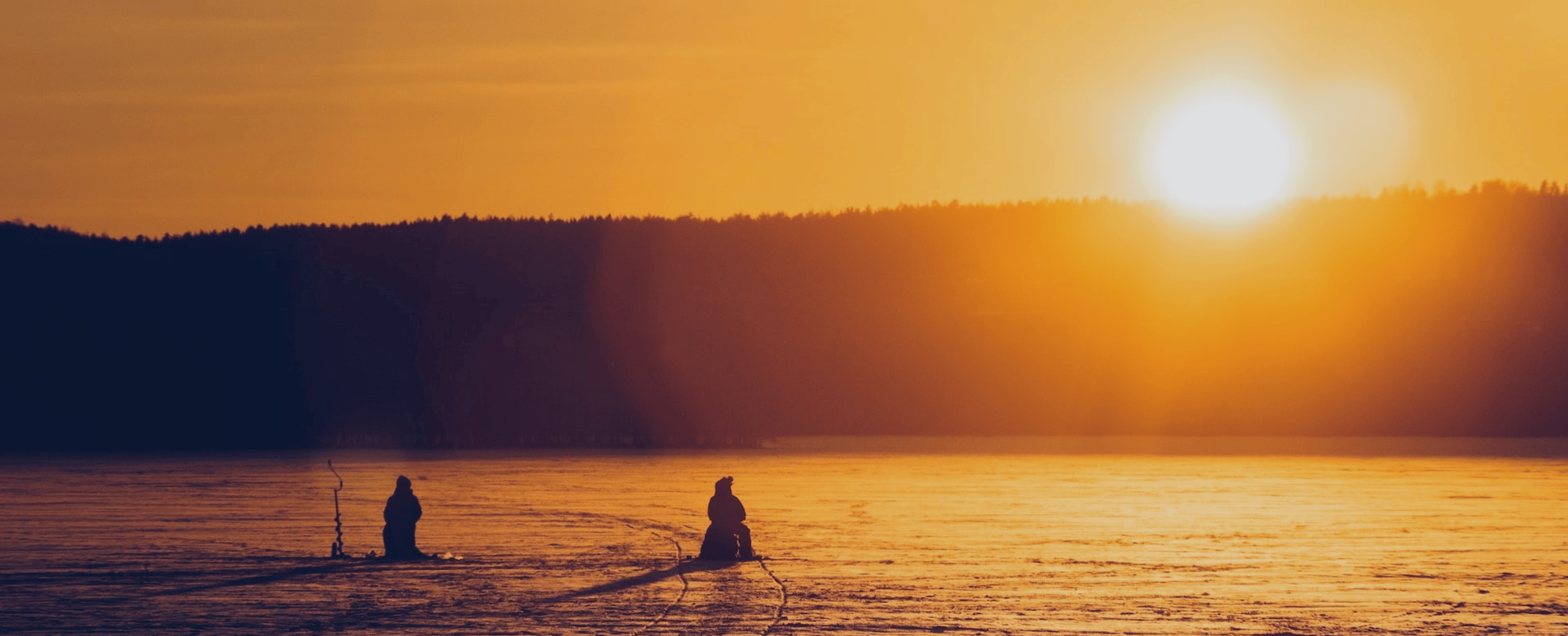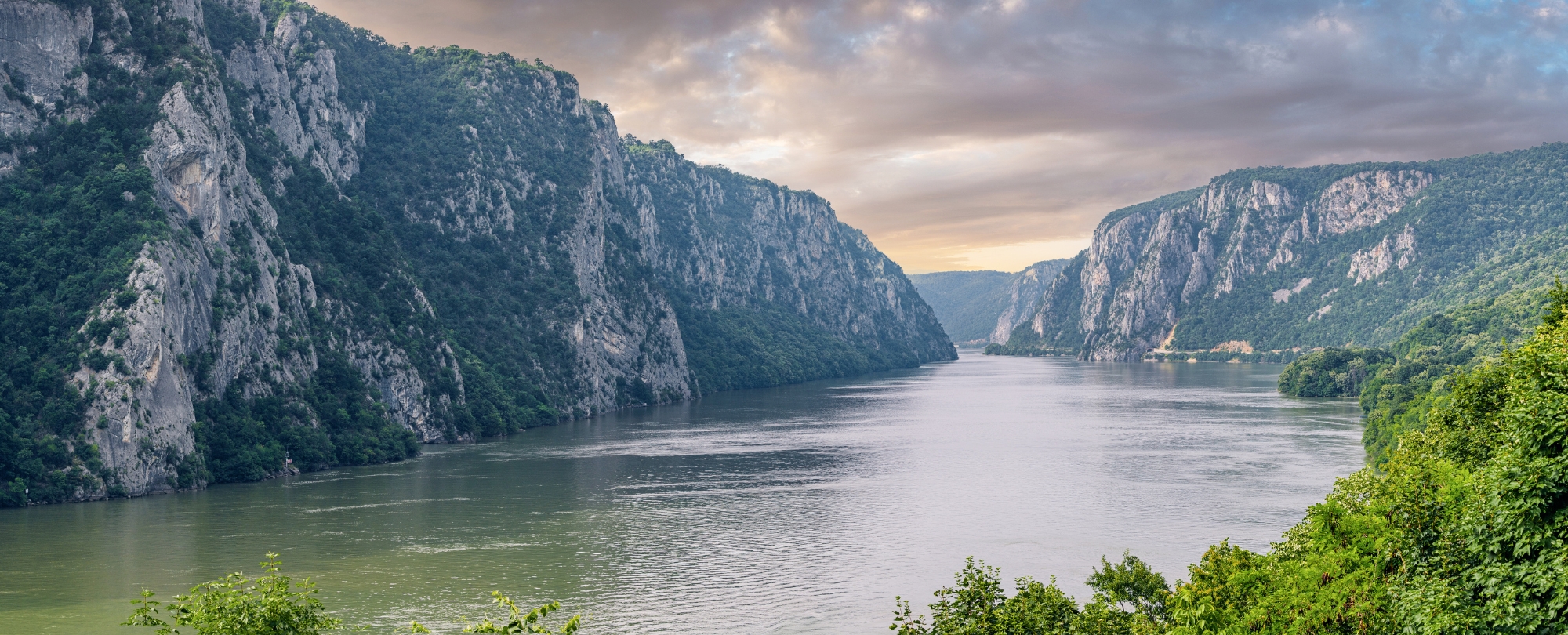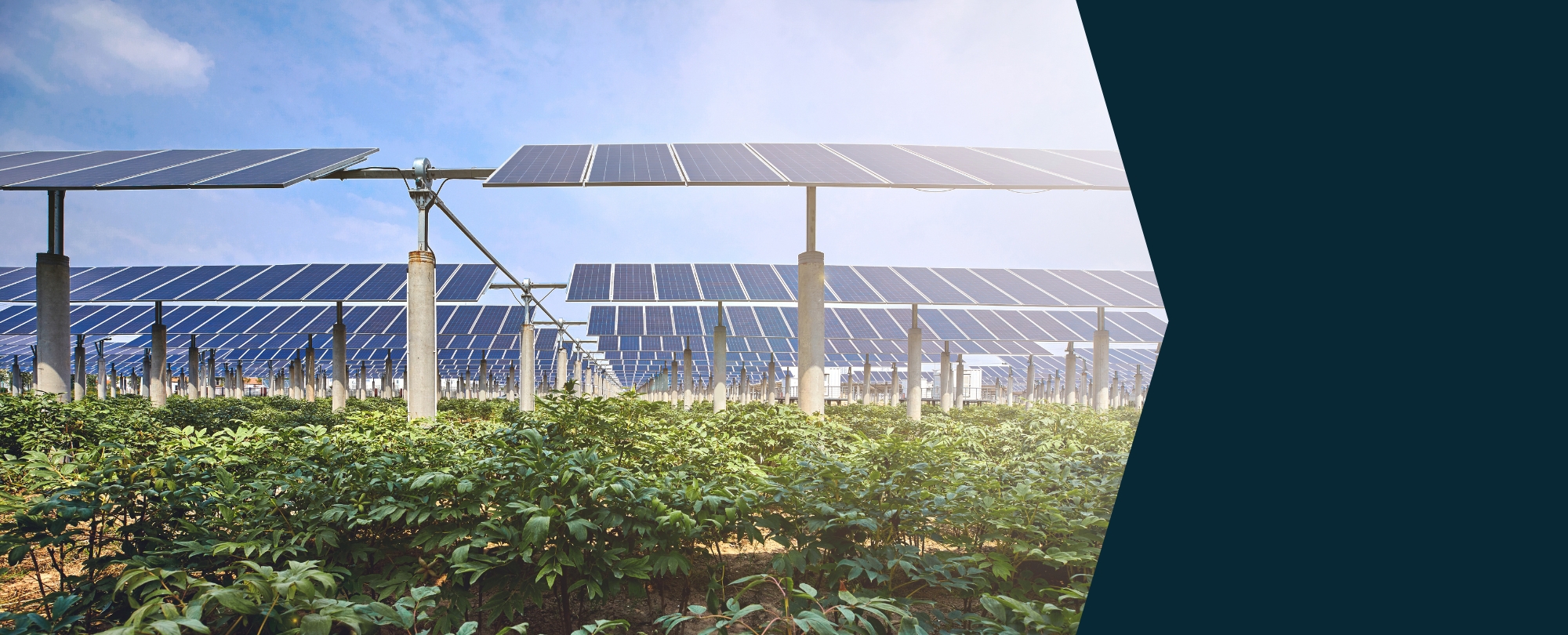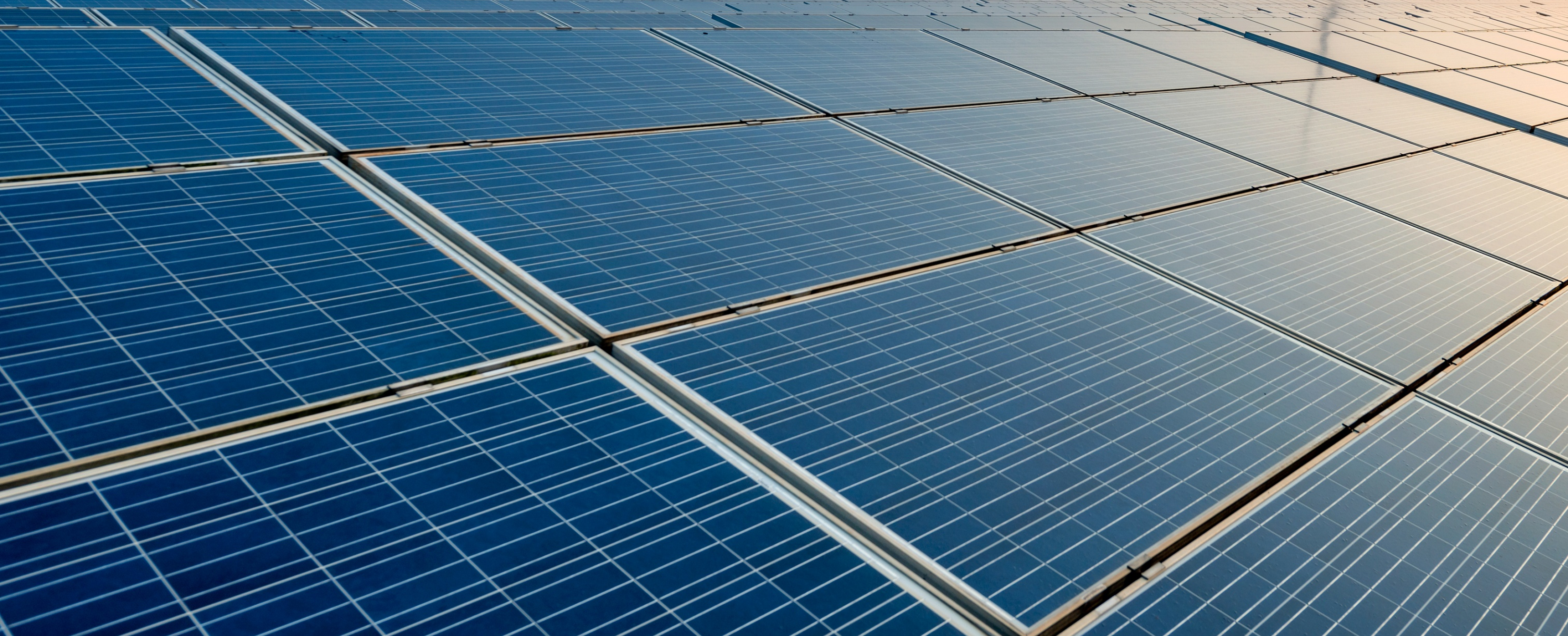
”Solar power works the best where the sun shines the most” and other myths about solar energy
“What is the best country for solar power production?” – that is a question we hear frequently. Generally, the assumption seems to be that the answer would be some country very near the equator, one that receives sunshine almost all year round. However, this deep-rooted conception is wrong. Today, solar power can be produced almost anywhere on the globe.
“What is the best country for solar power production?” – that is a question we hear frequently. Generally, the assumption seems to be that the answer would be some country very near the equator, one that receives sunshine almost all year round. However, this deep-rooted conception is wrong. Today, solar power can be produced almost anywhere on the globe.
The efficiency of a solar power plant depends on many other factors than the amount of solar irradiance alone. First of all, the efficiency of solar power production is the highest where the air is the cleanest, i.e. there is as little dust or pollutants as possible. It may also surprise many to learn that, in fact, a solar power plant should be located in a very nippy place.
In solar power production in a cool climate, the efficiency coefficient is more favourable, because for every degree Celsius that the temperature rises, a solar plant’s efficiency decreases by approximately half a percent. Because the charge of a cold solar cell is greater, a cold, sunny day is excellent for solar power production. Therefore, for example, the conditions are excellent for power production during a freezing, clear spring day in Finland, whereas the efficiency curve will decrease significantly in the central Sahara where the scorching summer heat may reach up to 60°C.
We may see profitable solar power in surprising locations. Another good example is Great Britain, a country that would not immediately spring to mind in connection with solar power because of its climate and weather conditions. However, statistics show that the production of solar power in that country has grown by leaps and bounds. While in 2011, the share of solar power was about 1% of the total energy production in the country, in 2020 solar power came up to 28%.
When selecting environments suitable for industrial solar power production, we must note, in addition to clean air and cool climate, issues such as the close proximity of a grid connection and the available grid connection capacity. In addition, of course, especially in these days, the choice of location is influenced by electricity prices. Any utility-scale production will also require acreage, i.e. relatively large lots of land on which to set the solar panels.
In the light of all we’ve said, the question of the best country for solar power production becomes much more diverse – and diverse it is, in practice. From this viewpoint, the debate is futile about whether or not it is sensible to build solar power in Finland and other northern regions. The fact is, utility-scale solar power is viable in northern regions, and not in the far future but today.
Korkia is developing a record amount of solar energy in Southern, Western and Southwestern Finland. Read more about the project.
Would you like to take a closer look at this topic?
Petri Haataja and Mikko Kantero appeared in the #neuvottelija-podcast to discuss e.g. Canada’s excellent outlook regarding renewable energies. Listen or view (in Finnish).
Read also: Solar energy? Five facts that make it more interesting now than ever before.


